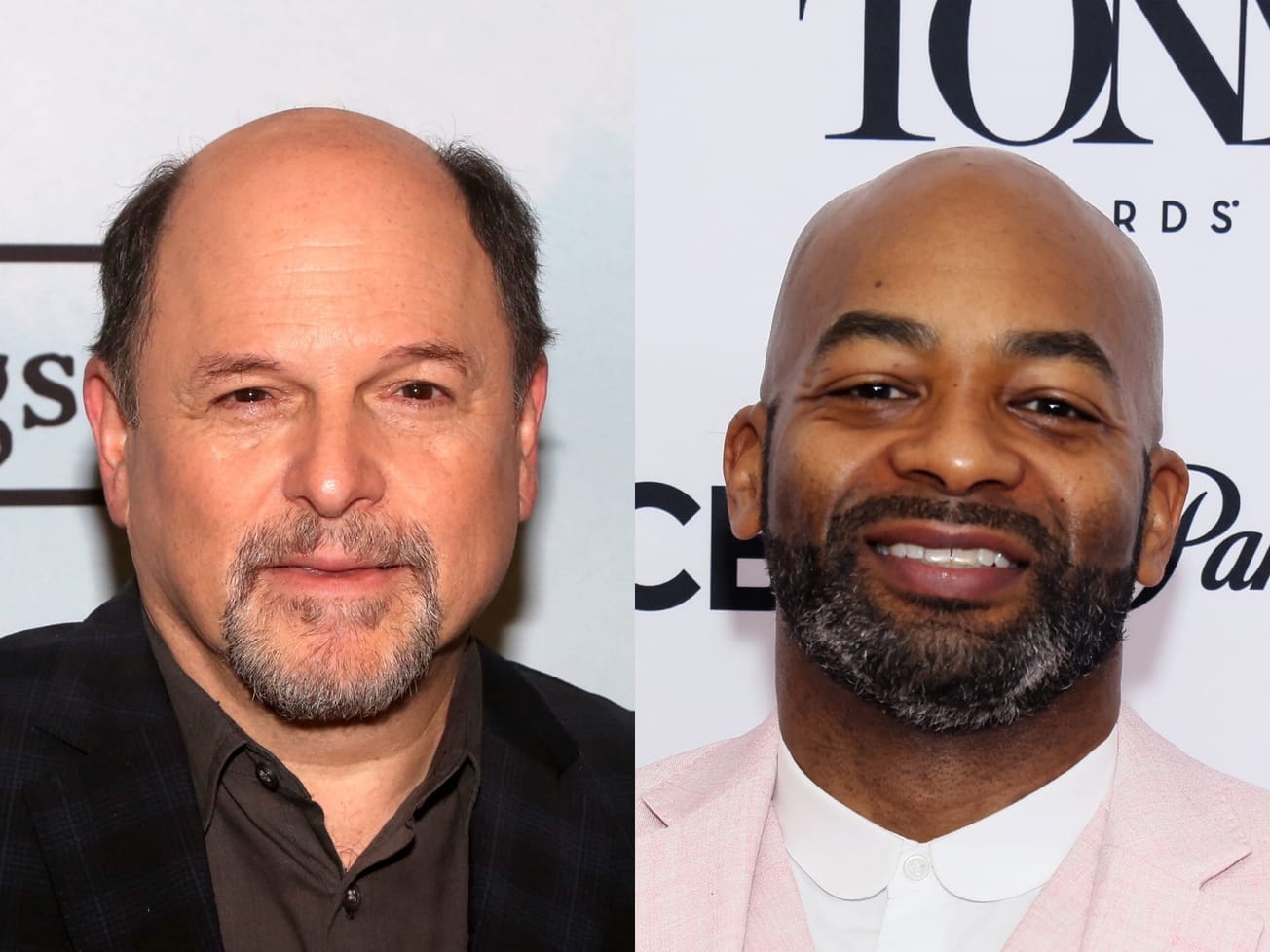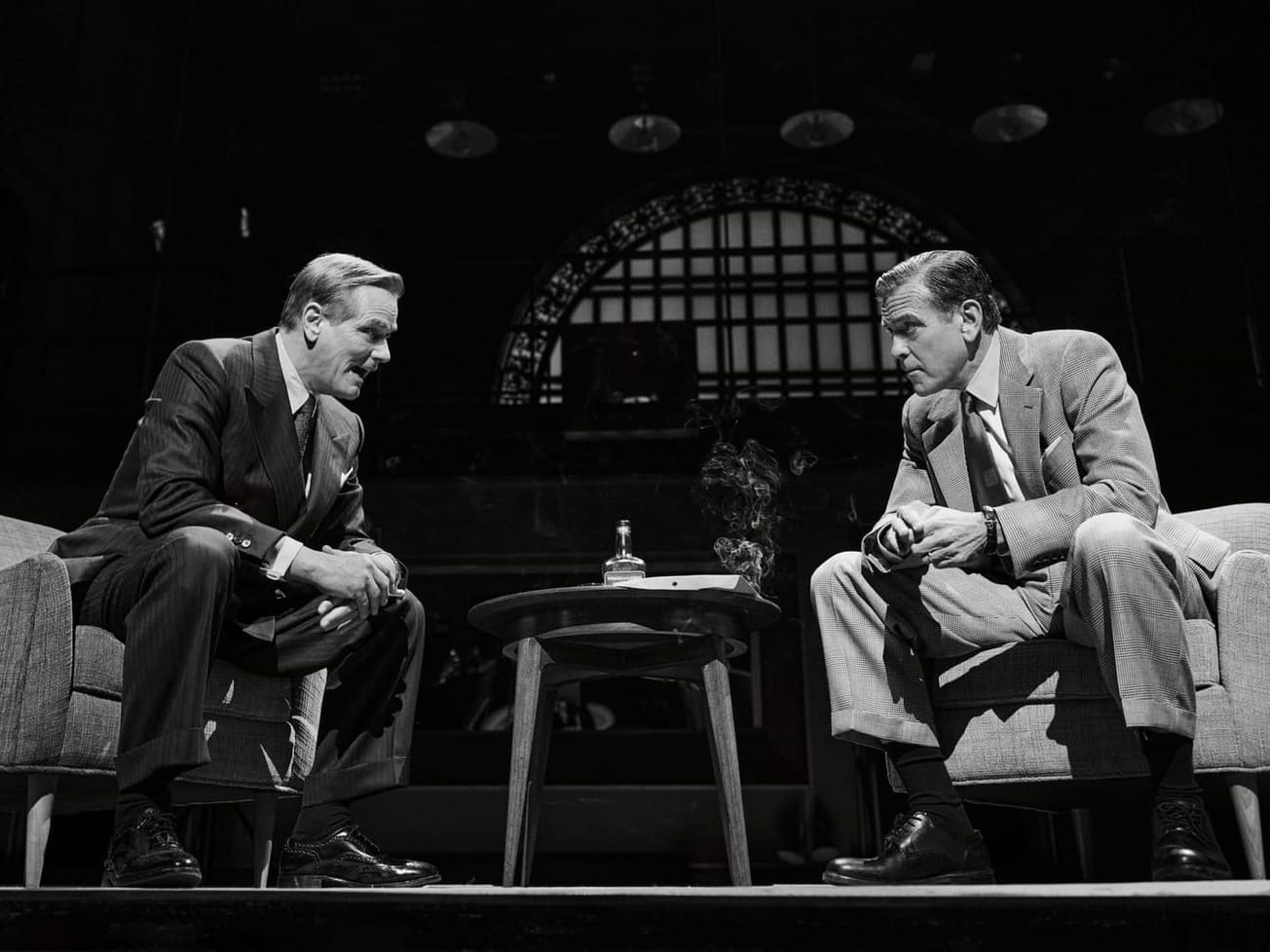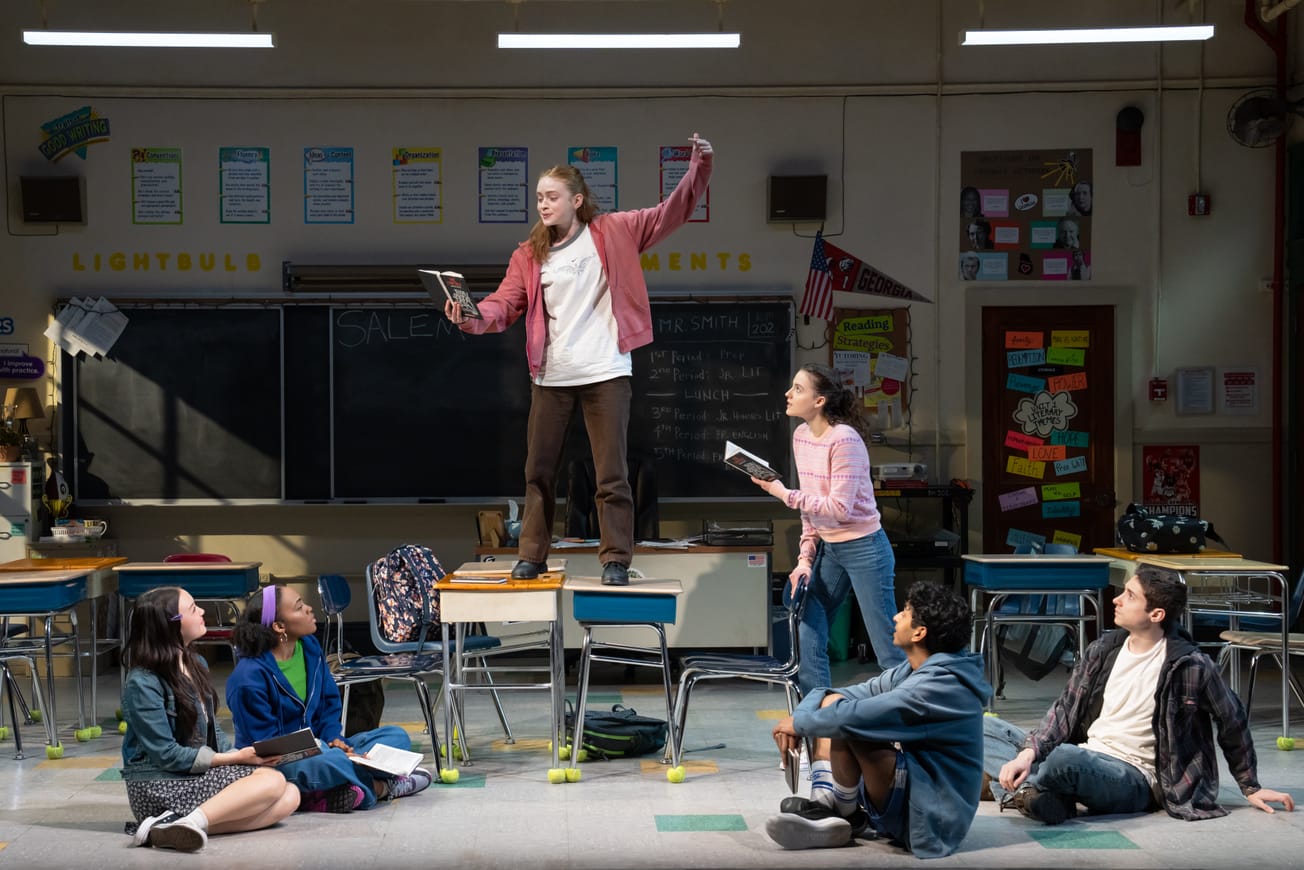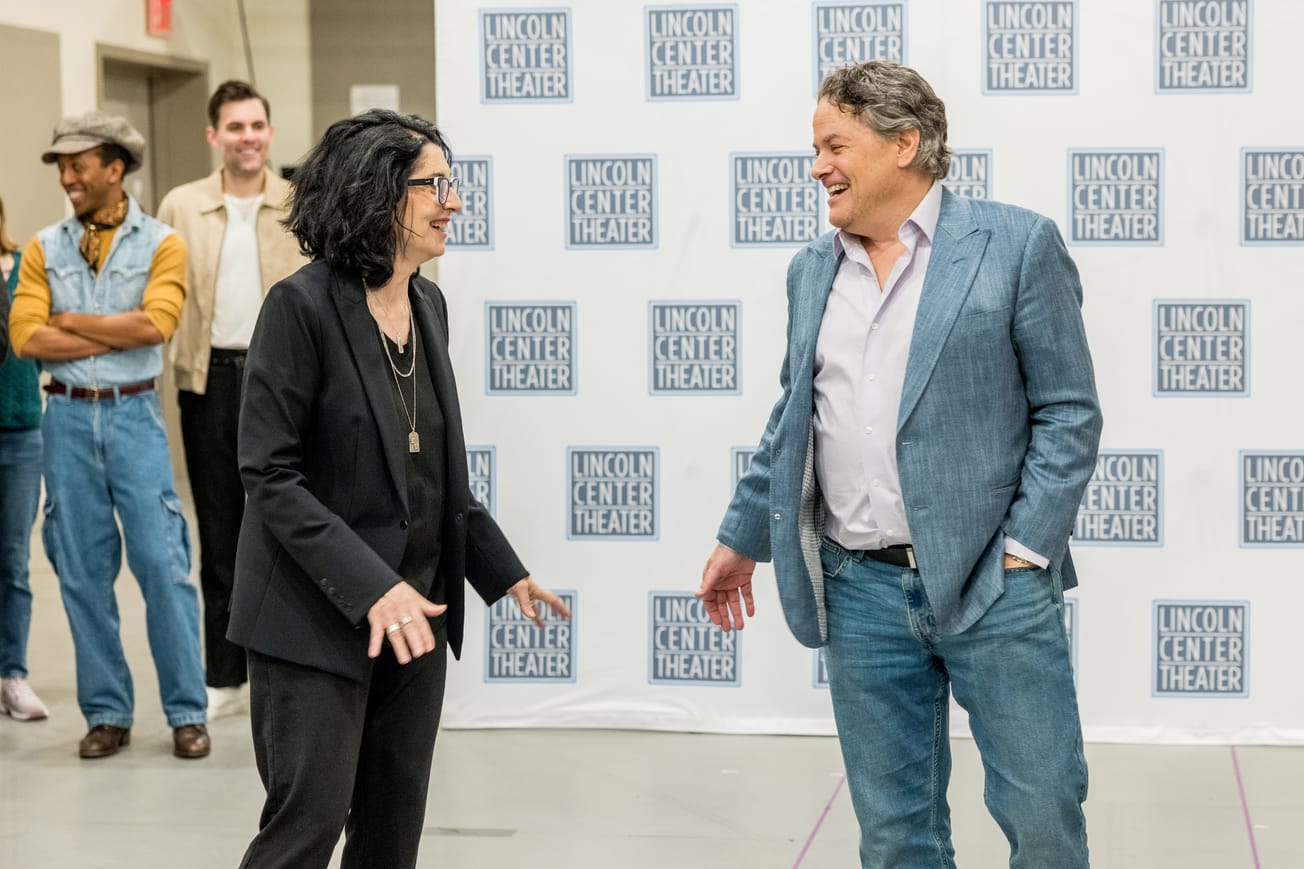March 12, 2020 will be a date that most Broadway workers and Broadway-goers will never forget. I certainly won’t. On that day, as has been widely noted by now, the musical “Six” was scheduled to open. I had filed my review, and that evening was planning to see Tracy Letts’s “The Minutes,” next up on the Broadway opening docket.
And then, suddenly, life changed. Time seemed to stop with the announcement that Broadway would be shut down. Vanished was the rest of the busy spring season — still memorialized in my phone calendar — and with it the livelihoods of thousands of theater workers, as well as the manifold pleasures they provide the audiences who cherish their work.
Sitting out a year of theater for me has been about as close as I ever hope to come to spiritual starvation. And for critics, a peculiar and increasingly rare breed, going to a show sometimes as much as six times a week meant that the experience wasn’t just an aesthetic one, but a social one, a sustaining connection to the larger world away from the keyboard that was suddenly severed.
I have always been quite shy, but I didn’t realize until it instantly evaporated how much pleasure I took in the sheer act of theatergoing: for me, theater could provide the comfort of community without the ordeal of actually having to talk to people. (The actors do that for you, God bless them.) I never thought I would miss the brisk professionalism of Broadway ushers, the scramble for the bathroom at intermission, wading through the scrum people to enter a Broadway house, or my knees grinding into the back of the seat in front of me. I even look forward to the day when, sitting in a crowd in the dark, I hear the noxious chiming of a cellphone — such sweet music!
Who would have thought?
But while it has been sad and surreal for me to experience a year without writing about theater for the first time in about a quarter-century, I recognize that for actors and many other theater professionals, the experience was exponentially more painful, especially when you consider that for many actors, restaurant and bar gigs are the lifeline that they fall back on while waiting for the next break. Suddenly, the satisfactions of pursuing their ambitions and the (often meager) financial wherewithal that gave them a chance to keep dreaming were both annihilated.
Early in the pandemic, Broadway watchers learned of the long, harrowing and unavailing struggle of the gifted actor Nick Cordero, who ultimately succumbed to COVID-19 at the age of 41. And in a heartrending article written for the Hollywood Reporter, Broadway veteran Danny Burstein described in candid detail his own battle with the virus. Months later he wrote another dispatch about his continued struggles to recover. Most devastatingly, his final piece for the magazine described the death of his wife, the luminous Broadway star Rebecca Luker, from the neurodegenerative disease ALS.
These incomparably moving testimonials rank among the most searching and beautifully rendered first-person accounts of the brutality of COVID— and indeed of life’s pitiless vagaries — that I have read over the past year. Burstein’s writing also collapsed the distance, at least temporarily, that those of us who review theater keep between ourselves and its practitioners — a necessary but sometimes hard burden. It reminded me that a disappeared year in the professional life of an actor, singer or dancer can have more painful consequences than it might for some of us: an actor’s instrument is, at least in part, the physical body, and bodies — as we are more than ever excruciatingly aware — are delicate and vulnerable things.
Still, one thing the past year has taught us is that theater workers are resilient, flexible, innovative and bursting with imagination — as they have to be, in a business as competitive and precarious as the theater. As the pandemic numbers began to skyrocket, and the knowledge sank in that this would not be a mere blip in the calendar, but an indefinite caesura in the life of the theater, artists and administrators quickly pivoted to creating new ways for theater to remain a constant in people’s lives.
Thus was born Zoom theater, and the many streaming variations that blossomed like wildflowers in a barren field. These provided a much needed way for artists to keep their instruments tuned up, and their spirits up, as well. And there were some pleasures to be had in grappling with this newly born art form — the mildly voyeuristic pleasure of peeking into other people’s apartments, for instance. Inevitably missing, however, was the excitement of being in the presence of live performers, and the mystical connection that can be forged between actors and audiences, which actors can take immediate inspiration from. Also absent: the explosive sound of collective laughter, or the quiet hush, as of a held breath, that can unite an audience in a moment of heightened emotion.
If we may grasp for other silver linings among the storm clouds that have enveloped us, it might be the awakening of our collective acknowledgment, thanks to the Black Lives Matter movement, that theater is hardly immune to the systemic racism that pervades American culture. As the movement gained steam, theaters across the country began a necessary reckoning with the Incredible Whiteness of Theater – not just in terms of actors, writers and directors, whose representation is most visible, but at every level: from dramaturgy and administration to stage management and myriad other jobs. Whether this movement would have happened in another year (given that George Floyd’s murder was hardly the first such event), is debatable, but when theater finally returns in full force, it is to be hoped that the industry will make good on the pledges and promises that have been made to increase diversity at all levels of the art form.
But what will that return look like?
The Broadway financial model is a notoriously difficult one to sustain even at the best of times. Also complicating matters: theatergoing is an ingrained habit for many, which is why the subscription model has worked so well for so many years for regional and not-for-profit theaters. But what happens when the habit is broken, as it has been this year?
On a more hopeful note, we might predict that the prolonged absence of theater will only feed theatergoers’ desire to binge on something other than Netflix as soon as they deem it safe. And the booming theater-streaming industry may offer a new lifeline that will help theaters gain attention and desperately needed revenue as the long, hard climb back to something resembling normal continues.
But this is all surmise. For now, like most of us, I continue to peer into an uncertain future, blindly hoping for the best, willing for a quick resurrection of the art form that has sustained and inspired us for much of our lives.


























































